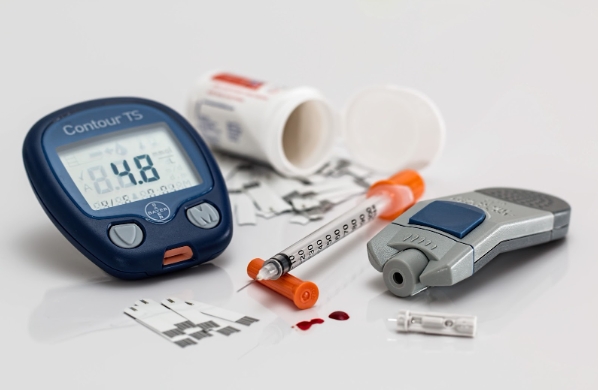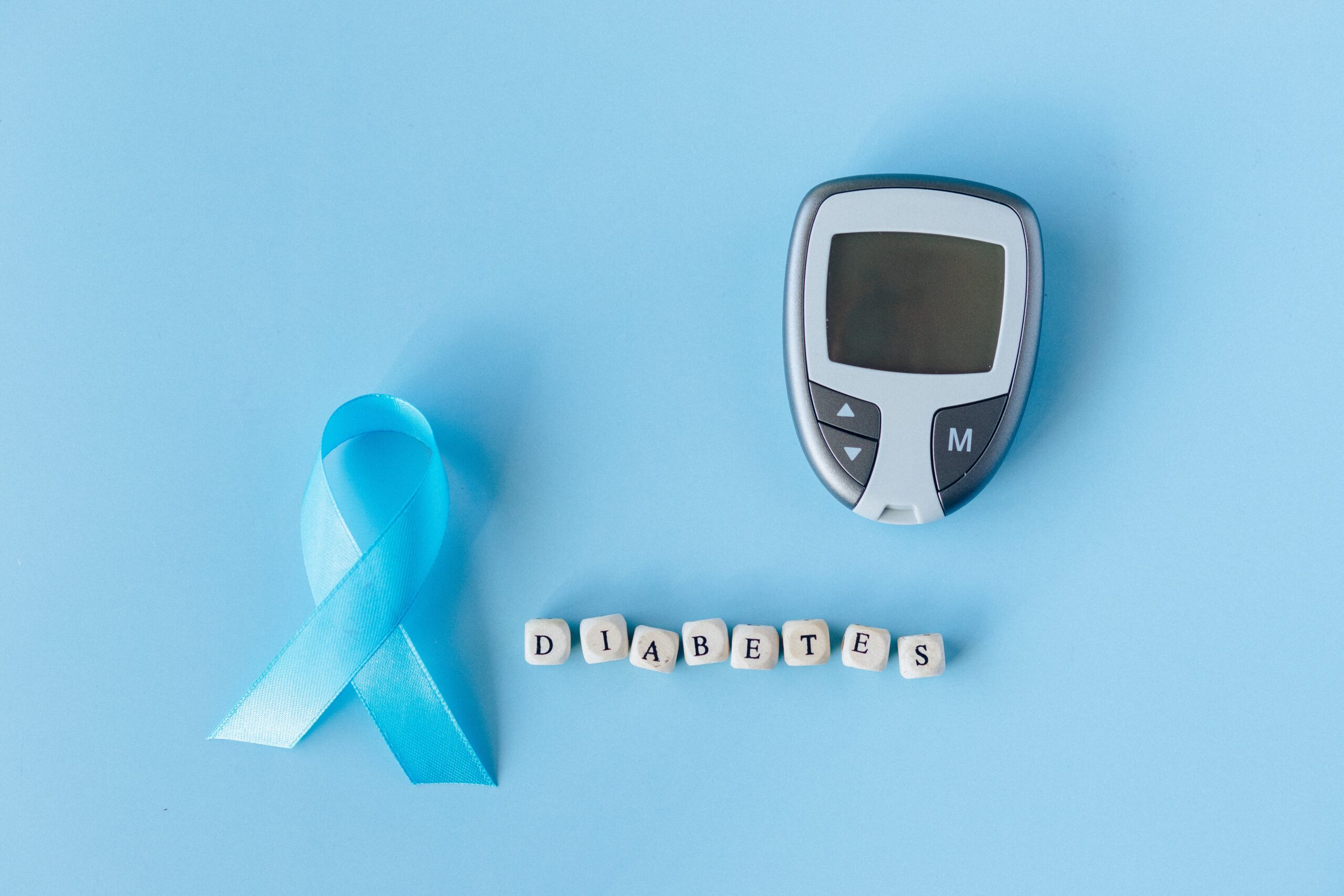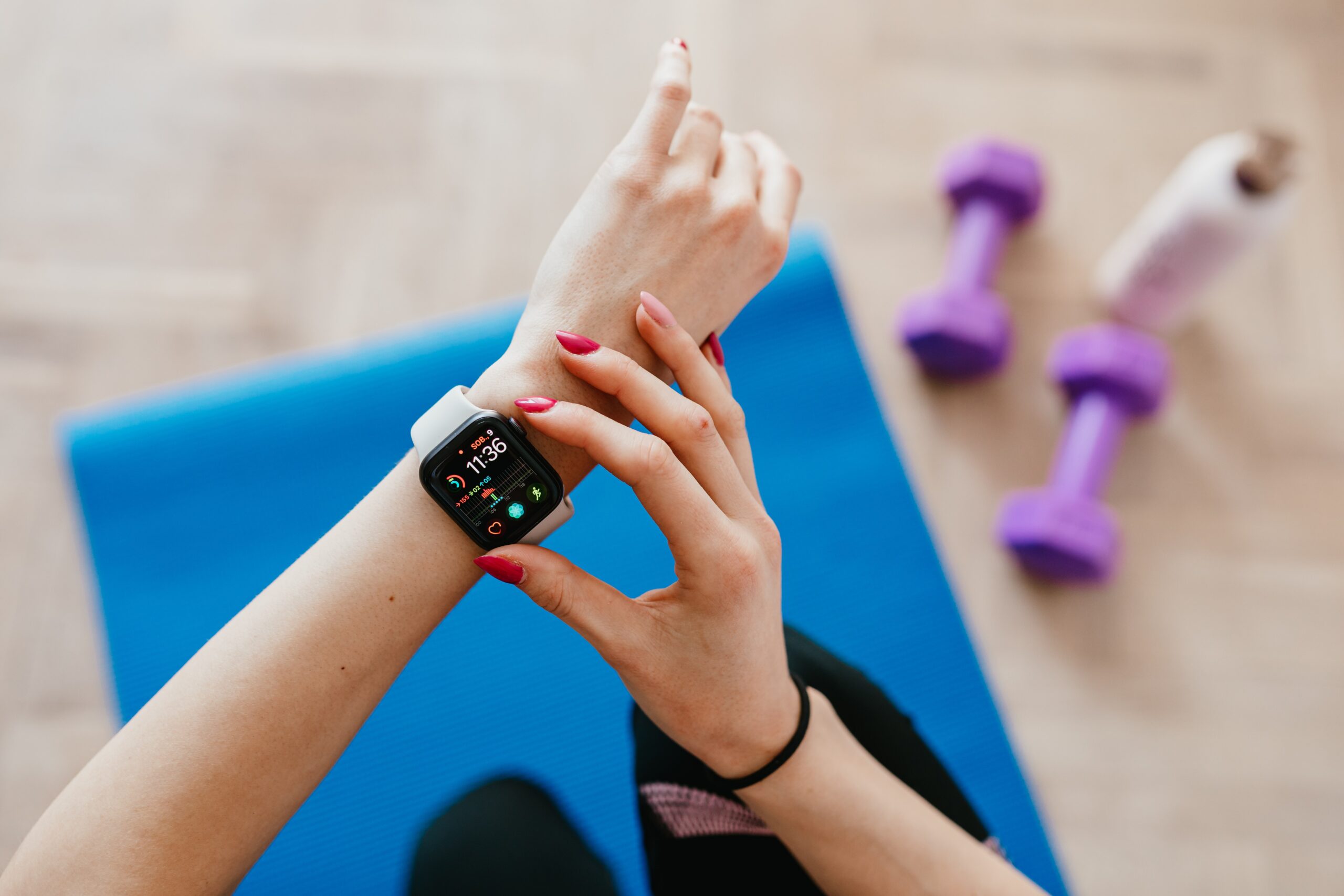Diabetes is a serious medical condition that affects the body’s ability to regulate its blood glucose levels. This condition needs to be closely monitored as it can lead to a host of serious health complications, including nerve damage, kidney failure, blindness, heart complications and even lower limb amputation.
Over 537 million people worldwide suffer from diabetes, with type 2 diabetes being the most common. Unfortunately, this number is expected to rise, but with evolving technologies and scientific advancements, diabetic treatments are becoming more accurate and accessible for patients managing their diabetic condition.
History of managing diabetes
Type 1 diabetic symptoms of frequent urination and unusual weight loss were first recognised in 1552 B.C. by the Egyptian physician Hesy-Ra. Weight loss in type 1 diabetes is caused by insufficient insulin levels, which prevents the body from using glucose as an energy source and instead burning fat and muscle for energy consumption.
The difference between type 1 and type 2 diabetes wasn’t noted until the 5th century C.E., when people in India and China noted that wealthy individuals were more inclined to develop type 2 diabetes. This suggested that inactivity and excess amounts of food consumption led to diabetes, but nowadays, it is more closely linked with the rise in processed foods.
Detecting glucose in the urine
In the 1880s, chemical tests were developed in order to detect the presence of sugar in the urine and diagnose diabetes. Before this scientific advancement, though, ants were used to detect glucose in the urine as they were attracted to the sugar present.
If sugar is found in the urine, it indicates high glucose levels in the body, which is caused by the lack of insulin that prevents glucose from entering the body’s cells. The kidneys then excrete this excess glucose though through the urine.
Dietary adjustments for managing diabetes
It wasn’t until the 1800s that dietary changes were recommended in order to help manage diabetes. In particular, a diet that included lots of meats, animal fats, green vegetables and a reduction in carb intake was promoted for managing diabetes.
This type of diet is still promoted to help patients manage their diabetes condition, with modern adaptions calling for a reduction in alcohol consumption, fried foods, candy items, baked goods and fizzy drinks.
Recognising the impact of exercise on managing diabetes
Greek physicians were among the first to recognise the impact of exercise on managing diabetes. Traditionally, horseback riding was prescribed, which was also thought to reduce frequent urination.
Today, exercise is still considered an effective method for managing diabetes. Research has shown that it increases the body’s sensitivity to insulin, allowing for glucose absorption into the blood cells. Exercise also lowers blood glucose levels in the body and helps to prevent heart disease and nerve damage.
However, exercise is not a cure for diabetes, and in some cases, particularly for those with type 1 diabetes, it can actually raise blood glucose levels if not regulated correctly. It is recommended that those with diabetes monitor their glucose levels and carb intake before, after and during exercise.
The discovery of insulin for managing diabetes
Sir Edward Albert Sharpey-Schafer was the first to suggest that diabetes was caused by a lack of insulin, a hormone produced by the pancreas. This discovery happened in 1910, although progress was slow for scientific research in relation to managing diabetes.
It wasn’t until 1921 that further tests were conducted by Frederick Banting and Charles Best in order to determine the effects of injectable insulin. They first injected dogs who had diabetes and scientifically proved that it was a suitable treatment for managing diabetes.
In 1922, then-14-year-old Leonard Thompson was the first person in history to receive injectable insulin for managing his diabetic condition. Nowadays, it is commonly used as a form of diabetic treatment, most commonly for those with type 1, but some people with type 2 also require regular insulin injections.
Managing diabetes with modern treatments
Although there is no cure for diabetes, managing the condition has significantly improved in modern times. With access to new treatments and scientific advancements for monitoring glucose levels, being able to manage diabetes has become simpler, more accurate and accessible for those suffering from the condition.
Glucose monitors for managing diabetes
Closely monitoring the body’s glucose levels is crucial for managing diabetes properly and making informed decisions on whether or not an insulin shot is required.
Glucose monitors were first designed in the 1980s to enable those with diabetes to monitor their glucose levels at home. The original glucose monitors required users to make a small prick in their finger, drawing a drop of blood onto the test for an accurate reading of their current glucose levels.
Continuous glucose monitors
These glucose monitoring devices are still used in modern times, although the technology has developed and become less intrusive for users, with the Continuous Glucose Monitor now being available. This device uses a tiny sensor inserted under the skin, allowing it to continuously track a diabetic person’s glucose levels throughout the day.
The Continuous Glucose Monitor is a great technological advancement for managing diabetes. It sends alerts when glucose levels drop and prompts users to take a shot of insulin if needed. This device can also send emergency alerts and the user’s location to trusted contacts, preparing for a potential diabetic coma due to dangerously low glucose levels.
Remote patient monitoring for managing diabetes
Remote patient monitoring, or RPM, is the process of using electronic glucose monitors to transmit important data to your healthcare provider. This allows medical professionals to make sound decisions for managing their patient’s diabetes, basing the treatment on their individual response to different insulin doses and certain peak times when they require an insulin shot.
However, the challenge with remote patient monitoring is the lack of access to medical technologies for both healthcare professionals and those suffering from the condition. An RPM programme also requires a lot of time and energy to monitor a patient’s glucose levels, which many medical practitioners simply do not have the time to do.
Although, with more advanced technologies becoming available and increased awareness of the impact of remote patient monitoring, this method is being increasingly pursued, helping patients and medical professionals develop the best treatment plan for managing diabetic conditions.
Methods for delivering insulin
Insulin is a method for treating some forms of diabetes, most commonly type 1, although some people with type 2 also require insulin injections because their pancreas isn’t producing enough on its own.
There are a few ways to deliver insulin into the body, including:
Insulin pens
Insulin pens are prefilled insulin shots that are directly injected into the body when glucose levels are too low or too high. Users can adjust the dose and simply give themselves the shot if and when required.
The small needle on insulin pens causes little discomfort for users, compared to the pens that were used in the past. On average, those with diabetes require around 4 insulin pens per month to manage their condition properly.
External insulin pumps
External insulin pumps deliver insulin to the body without the need for insulin shots. Around 1 in 1000 of those suffering from diabetes, will use an external insulin pump, and it is recommended for those with drastically varying levels of blood sugar levels.
The external pump is a small device that is attached around the waist, it uses a small needle or cannula that is inserted under the skin in order to deliver the insulin. The needle can be attached to the stomach, thigh or buttocks, depending on the preference of the user.
External pumps are convenient for users as they continuously deliver insulin throughout the day, helping to maintain stable glucose levels and they can be used when sleeping. However, it is recommended that external pumps are removed before showering or swimming.
Managing diabetes through prevention
Although type 1 diabetes cannot be prevented, there is hope for preventing type 2 diabetes from developing. Simple changes to the lifestyle and diet can also prevent the health complications associated with both types of diabetes.
Stop smoking
Smoking is a carcinogenic substance and those suffering from diabetes are more likely to develop heart complications such as a heart attack or stroke. If you do smoke, it is strongly advised that you try to quit, in order to reduce the likelihood of cardiovascular disease.
Exercise more often
Regular exercise is recommended in order to help those with diabetes reduce their blood sugar levels, improve their circulation and prevent heart diesease. It is also useful for maintaining a healthy weight, which is important for managing diabetes.
Regulate carb intake
Carbs are essential foods for providing the body with energy, however, they need to be closely monitored as carbs turn into glucose, and without proper insulin levels, those with diabetes cannot effectively manage the rise in glucose levels.
Regulated carb intake ensures that insulin is injected before or after consuming carbs, so that the body is able to break it down efficiently and safely.
Consume sugar in moderation
High-sugary foods such as fruit, chocolate and candy can cause a rapid rise in glucose levels, however, it is a common misconception that people with diabetes cannot consume sugar. Just like carb intake, it needs to be closely monitored and consumed in moderation.
Managing diabetes for the future
Managing diabetes has come a long way since it was first discovered, however, more research, technological advancements and access to medical technologies are required in order to help people better manage their diabetic condition.
In the meantime, it is recommended that those with diabetes make use of current technologies, remain aware of new and upcoming advances and choose healthy lifestyle choices that will enable them to manage their condition more effectively.





